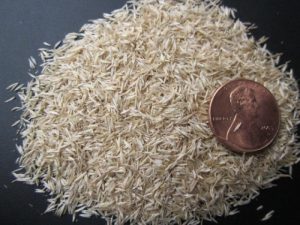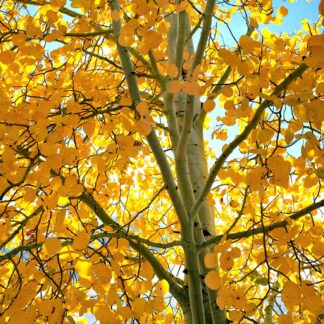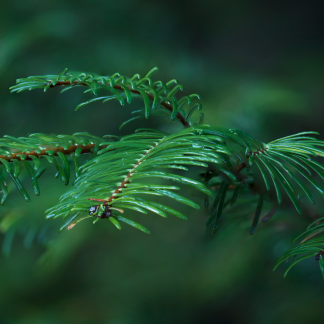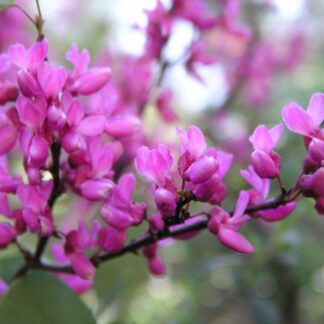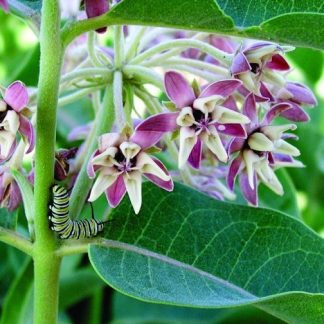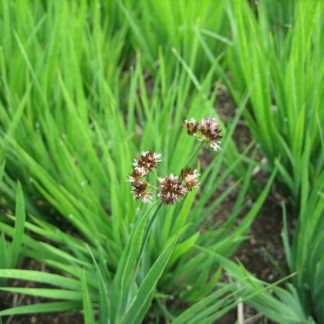In the beginning of the summer, when most people are getting ready for 4th of July, Koeleria macrantha, or prairie junegrass, are setting seed. In a way they resemble miniature fireworks with their golden white spikes of seed fanning out above the tuft of leaves. Check out a fantastic photograph displaying this resemblance at the UBC Botany Photo of the Day website. 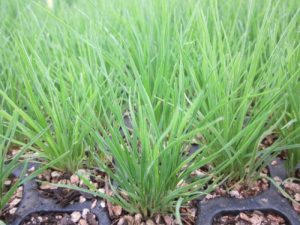
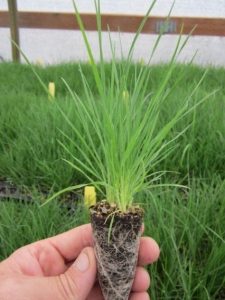 One of the more prevalent of the native grasses, prairie junegrass is found in much of North America in a variety of habitats. A few common places to find this species are dry rocky grasslands and sagebrush steppe, which makes sense as it is a fire resistant grass with the ability to recover shortly after fire.
One of the more prevalent of the native grasses, prairie junegrass is found in much of North America in a variety of habitats. A few common places to find this species are dry rocky grasslands and sagebrush steppe, which makes sense as it is a fire resistant grass with the ability to recover shortly after fire.
On top of Koeleria macrantha’s great native and restoration attributes it also can provide a unique outline in any garden. Its nature, unlike many unruly horticultural grasses, is to stay put where it is planted, reseeding at a minimum rate. The beauty of a grass without the invasiveness is hard to find. Part of it’s scientific name, “macrantha” means large, referring to its large panicles of flowers that form early in the spring. As the seed develops the large stalks nod slightly.
We have Koeleria macrantha in containers that we grew from Deschutes County, Oregon seed. 